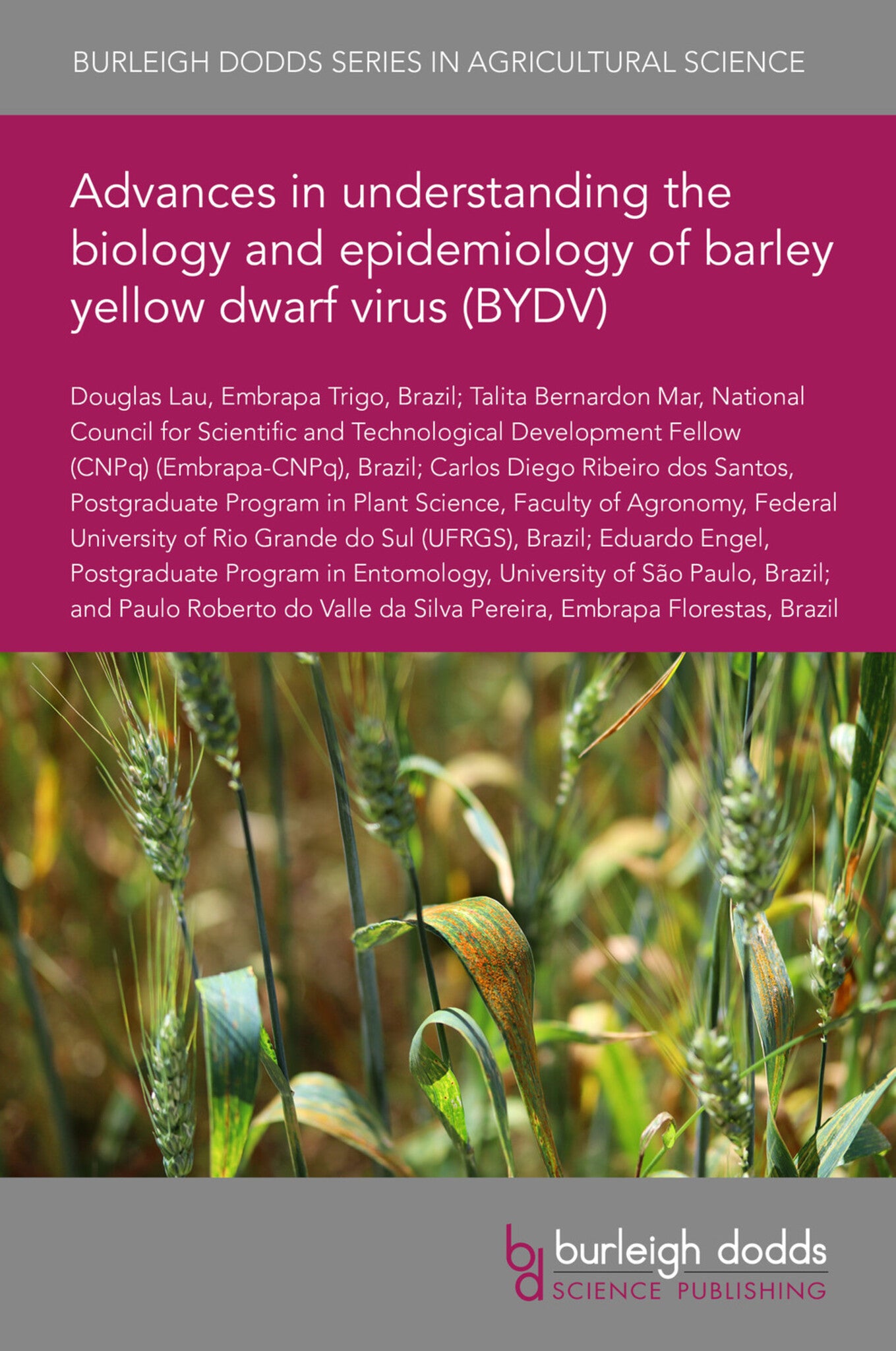We're sorry. An error has occurred
Please cancel or retry.
Advances in understanding the biology and epidemiology of barley yellow dwarf virus (BYDV)

Some error occured while loading the Quick View. Please close the Quick View and try reloading the page.
Couldn't load pickup availability
- Format:
-
22 February 2021


TECHNOLOGY & ENGINEERING / Agriculture / Agronomy / Crop Science, Agronomy and crop production, TECHNOLOGY & ENGINEERING / Agriculture / Sustainable Agriculture, TECHNOLOGY & ENGINEERING / Pest Control, Sustainable agriculture, Pest control / plant diseases

1 Introduction 2 Components of the pathosystem: host plants, viruses and aphid vectors 3 Virus-aphid interactions 4 Virus-host interactions 5 Natural enemies of aphids 6 Case study: biological control of cereal aphids and BYDV management in Brazil 7 Conclusions and future trends 8 Where to look for further information 9 References



